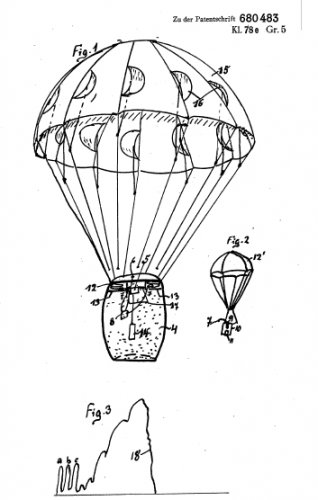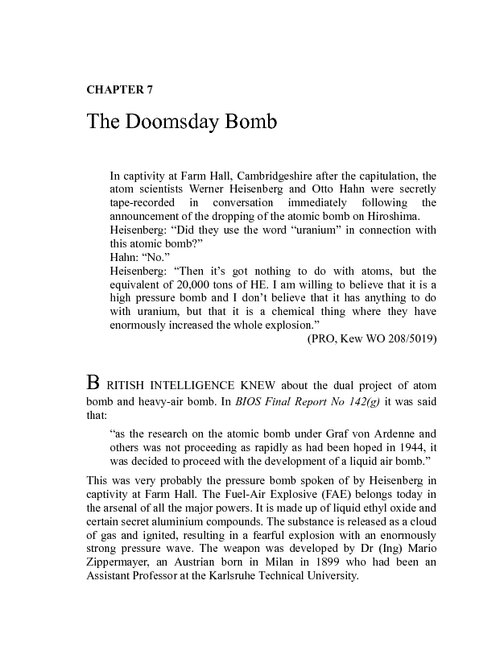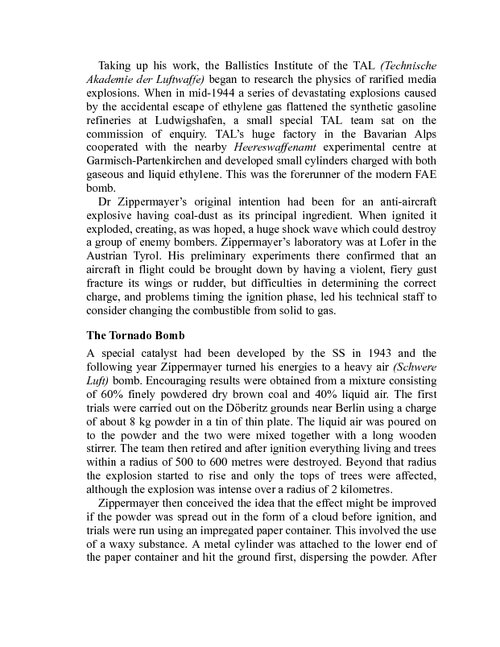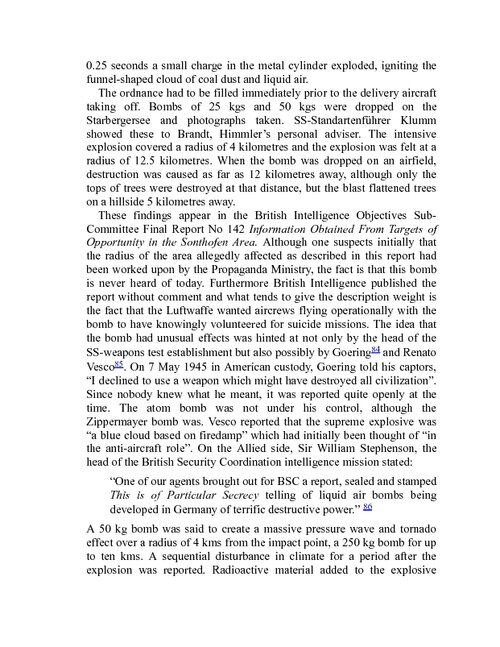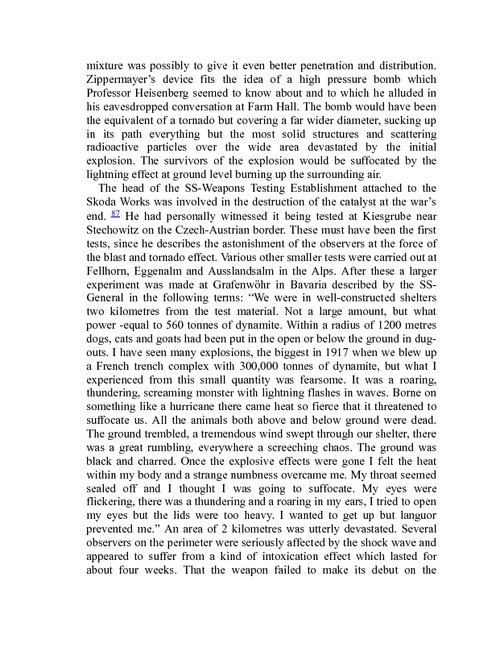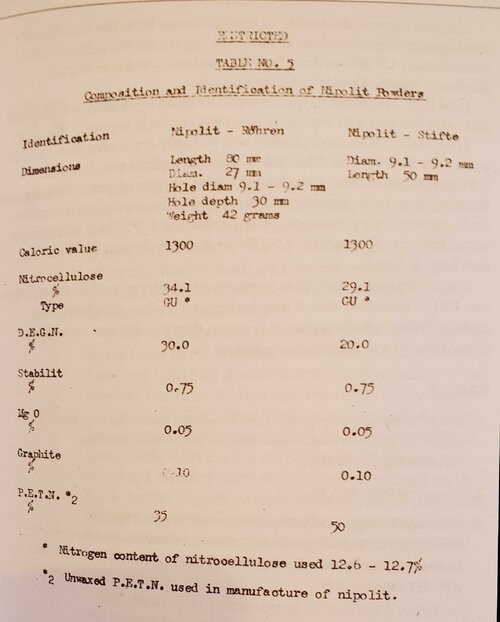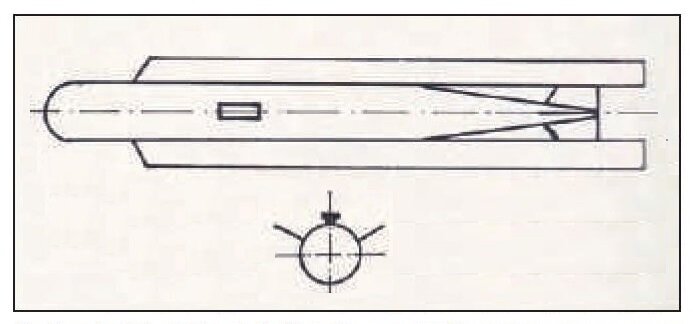viro said:
And it is possible to make such an explosion. When there is enough oxygen around dust, it will ignite. It have happened in some mils in USA, but with flour instead of coal dust.
It's easy to make a coal or flour-dust fire. What's needed is to make a coal-dust *detonation.* Short physics lesson: if you throw a handfull of flamable powder into the air towards a lit flame, you will get a nice impressive fireball. This is - or at least was, before society turned completely cowardly - done in many a middle-school chemistry lab. While the fireball is impressive, and might set some stuff on fire, its usefulness as a weapon is *seriously* limited. It is not an "explosion" in any meaningful sense... the flamefront propagation rate is well below the speed of sound. There is no damaging shockwave. And while there's fire, most of the fire it "up there" away from the target, and the bulk of the heat would be transmitted to the target via radiation. In contrast, a napalm attack would spread the fire directly *on* the target, transmitting heat via conduction. This is *vastly* more effective. The same amount of thermal energy in a napalm attack that may convert a human target into a charcoal briquette might, in a coal-dust fire, simply burn off his eyebrows and set his shirt on fire.
Where grain silos become interesting is that they are enclosed volumes that can, however briefly, contain pressure. This means that when the fire starts, the increased air temperature causes the air pressure to increase, and with nowhere for the hot air to go, the air pressure spikes. And as air pressure goes up, the burning rate also goes up, which drives air pressure up... a nice circular death spiral of increasing pressure and burn rate, until the grain silo explodes. This is the same basic process that turns a non-explosive pile of burning black powder into a pipe bomb.
Now if you want to weaponize coal dust, you have to do more than release a cloud and set fire to it. You have to release a cloud and cause it to *detonate.* This can be done, but it takes effort. Basicaly, you need to set off not a match, but a series of initiating high explosives. A *true* high explosive (RDX, frex) will, deployed properly, set up a sharp shock wave that passes through the unburnt cloud of coal. At the shock wave boundary, air pressure can be incredibly high (thousands to millions of psi); this increased air pressure will, as in the case described above, cause the burn rate to be incredibly high. If the air pressure is high enough to drive the coal dust fire burn rate high enough to be supersonic, then the coal dust can be said to be truly detonating, and will add its own energy to the shock wave, and it becomes self-propagating.
To get *really* nasty, your weaponized coal dust bomb needs to set off not one high explosive initiator, but a series of them. Preferably a ring of small bombs around the cloud of dust. Done properly, they will cause the cloud to detonate from the outside inward; in the center where the shockwaves meet you can get some truly astonishing temperatures and pressures. The sort that cause lungs to be ripped out through the mouth and turned inside out and then set on fire.
Gettign the initiator right is, I think, the big challenge with fuel-air explosives.
This sort of weapon is great for "soft" targets - buildings, aircraft, people. Not really very effective against hardened targets like bunkers or tanks.


